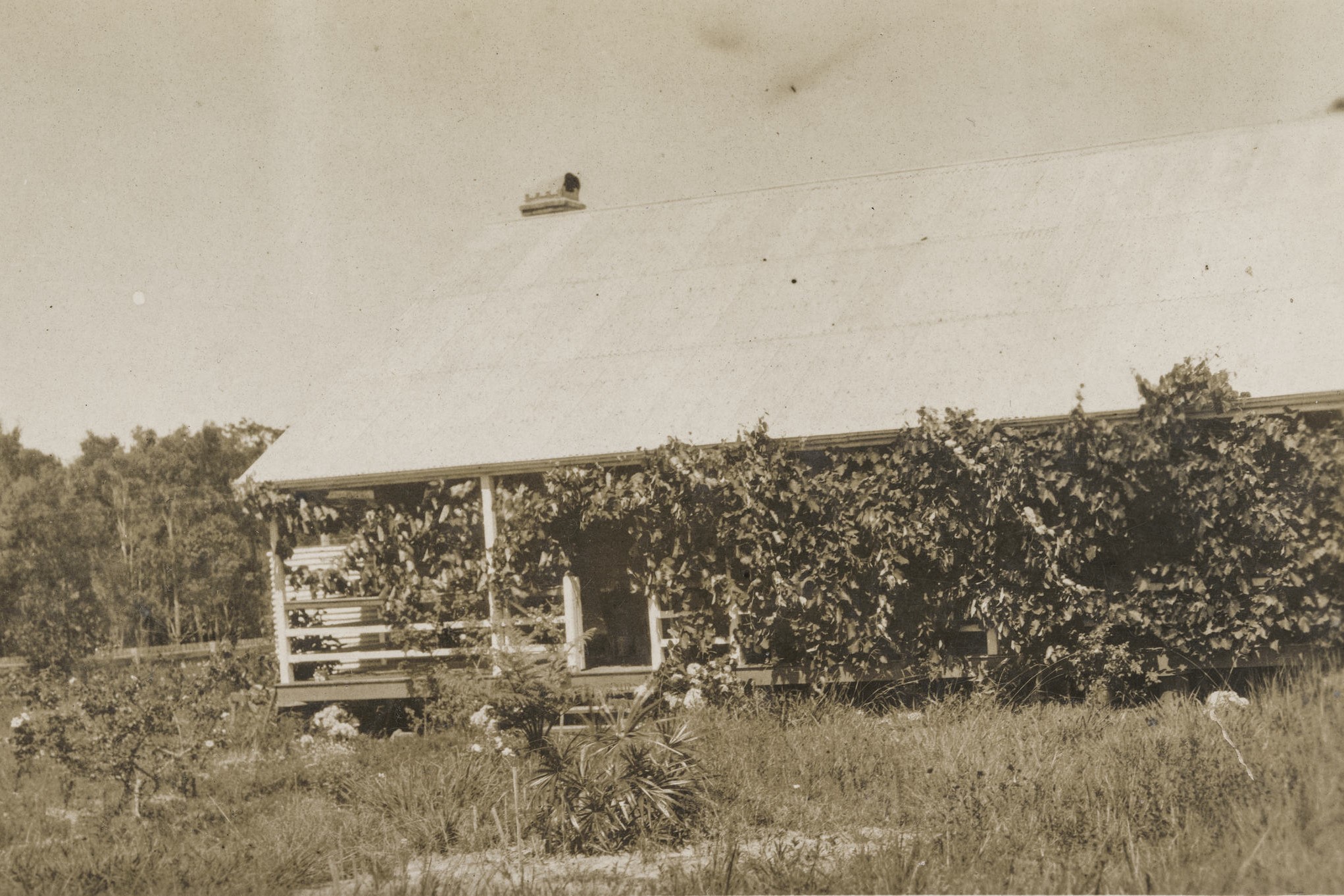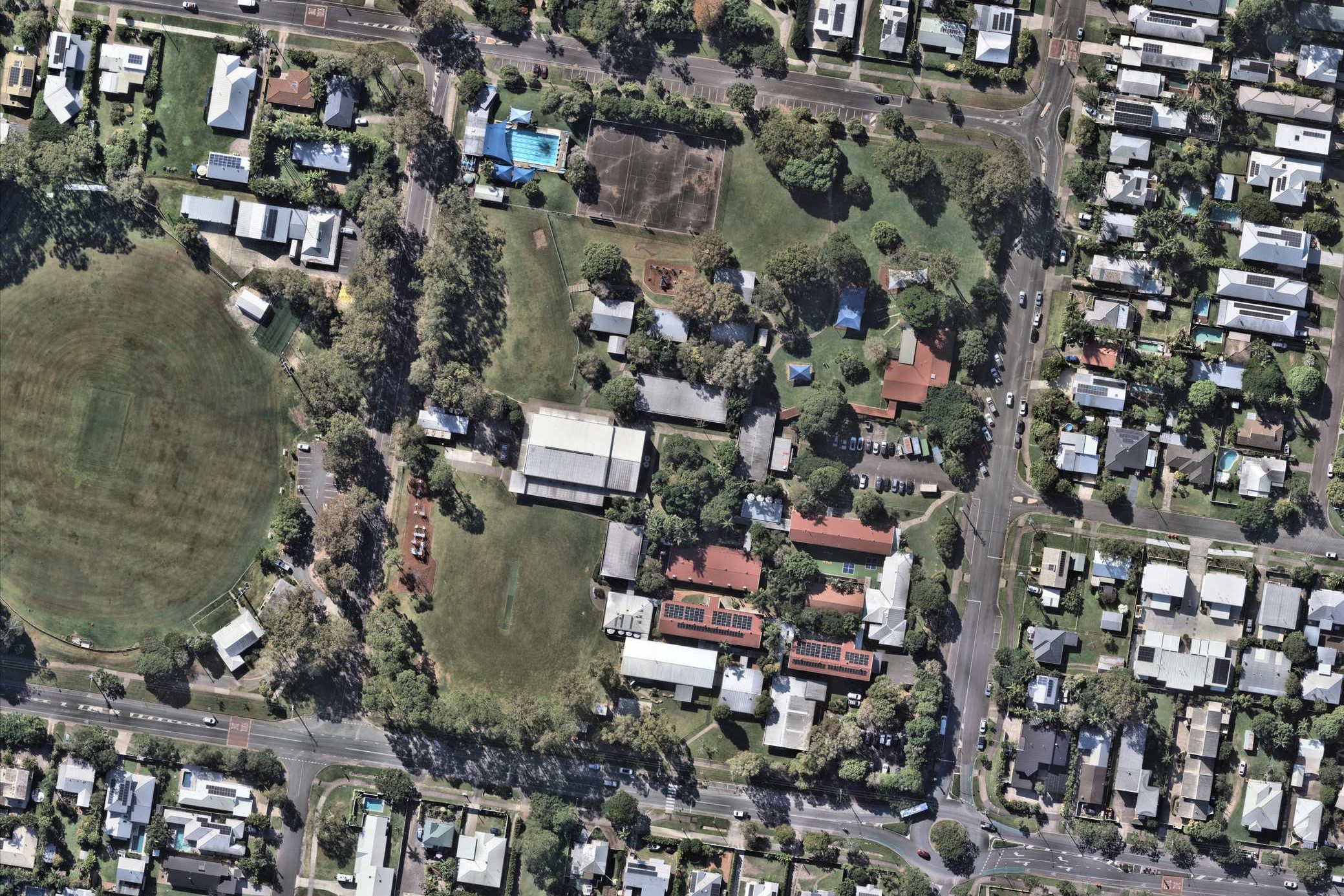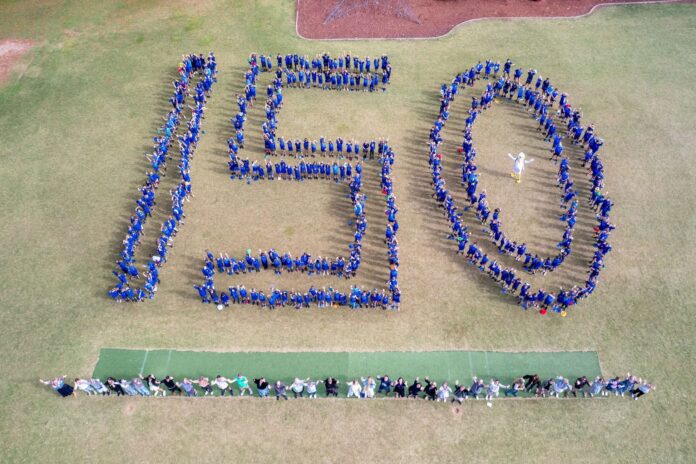A Sunshine Coast school that was established to serve the families of the region’s early woodcutters is set to reach a remarkable milestone.
The Tewantin State School community will celebrate 150 years with special events in early August.
The school started with a single teacher and 16 students in one small building at Doonella Street and now has almost 600 students and almost 70 staff members at modern facilities on a large site on Weirin Street.
Its development has mirrored the growth of the Noosa Shire, which has diversified and become a lifestyle haven.
Among its former students are former NRL stars Jake Friend and Moses Mbye, current NRL player Blake Wilson, former Matildas striker Larissa Crummer and brainiac Isser Schultz of The Chase.
School principal Emma Marshall said the school was “proud” to mark 150 years while a school statement said there was high anticipation for the celebrations to be held on August 1 and 2.
For more local news videos SUBSCRIBE to our YouTube channel. Just click here.
The festivities will include a community walk, commemorative books, formal assembly, old-fashioned fete, twilight music and memorabilia display.
“The buzz around the event is building,” the school stated.
“Lots of past students are commenting about how they are looking forward to catching up with friends from previous years. The celebrations will be full of events for current and past students and community members to enjoy.”
The school was established as The Tewantin Provisional School No.181 at Doonella Street on August 2, 1875, to cater for settlers who harvested timber like giant cedar and kauri.

“As the community expanded, there was a clear need for educational facilities to serve the children of these settlers,” the school stated.
There were challenges, including the deterioration of the building, and it was closed periodically.
It was relocated to its current location at Weirin Street in 1881 and it grew sufficiently to be officially designated as Tewantin State School in 1887.
“This transition marked a significant milestone in the development of education in the area, reflecting the community’s commitment to providing formal schooling for its children,” the school stated.

Irish-born educator Thomas Hodgens served as the head teacher from 1895 until 1916, and principal William Hooper established a Forestry Project Club in the 1930s, when hundreds of pine trees were planted on the school grounds.
The school has played a key role in the region.
“(It) has maintained a strong connection with the local community throughout its history,” the school stated.
“The school has been involved in various community events and initiatives, fostering a sense of pride and continuity among residents.
“Its long-standing presence in the area underscores its role as a cornerstone of education and community life in Tewantin.”
Want more free local news? Follow Sunshine Coast News on Facebook, LinkedIn and Instagram, and sign up for our FREE daily news email.
The school has an extensive curriculum and large ovals and has strong ties to local groups like the Noosa Regional Art Gallery, Rotary, Noosa Tewantin RSL, CWA, Lions Club and Noosa Council.
“The school combines a rich history with modern educational practices, making it a compelling choice for families seeking a well-rounded primary education in the Noosa area,” it said.
“(It) fosters a safe and respectful learning environment (and) is committed to the academic and personal growth of each student, ensuring a nurturing atmosphere.”

The school also paid tribute to the land’s Traditional Owners, the Gubbi Gubbi (also known as Kabi Kabi) people.
“The name ‘Tewantin’ itself is derived from the Gubbi Gubbi language, believed to mean ‘place of dead logs’, referencing the timber industry that was central to the area’s early economy,” it stated.
The aerial imagery in this story is from Australian location intelligence company Nearmap. The company provides government organisations, architectural, construction and engineering firms, and other companies, with easy, instant access to high-resolution aerial imagery, city-scale 3D content, artificial intelligence data sets, and geospatial tools to assist with urban planning, monitoring and development projects in Australia, New Zealand and North America.





